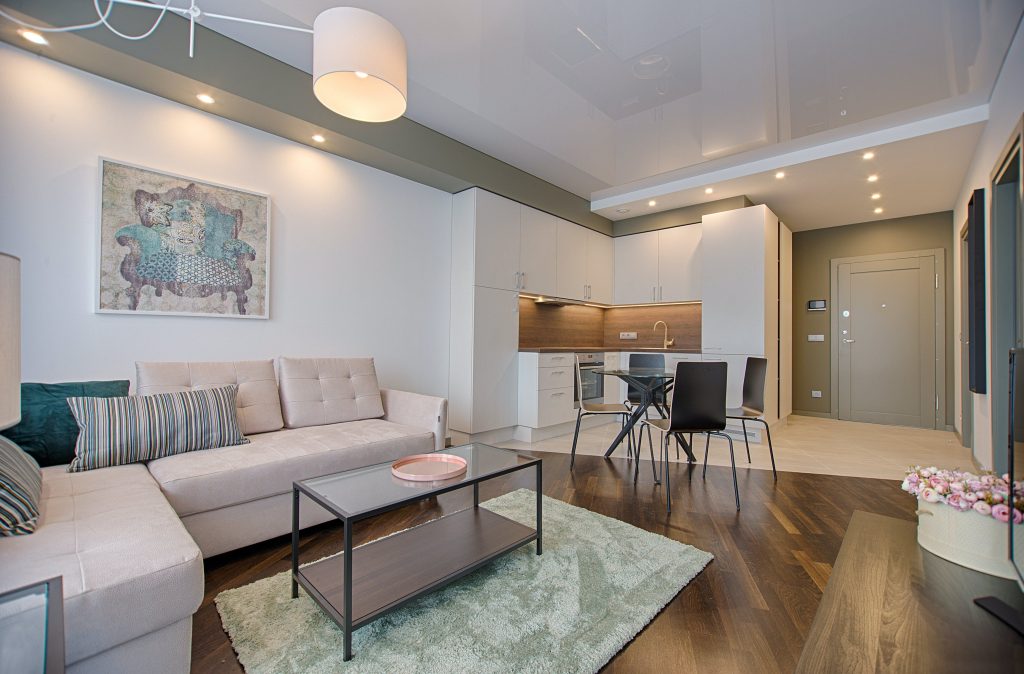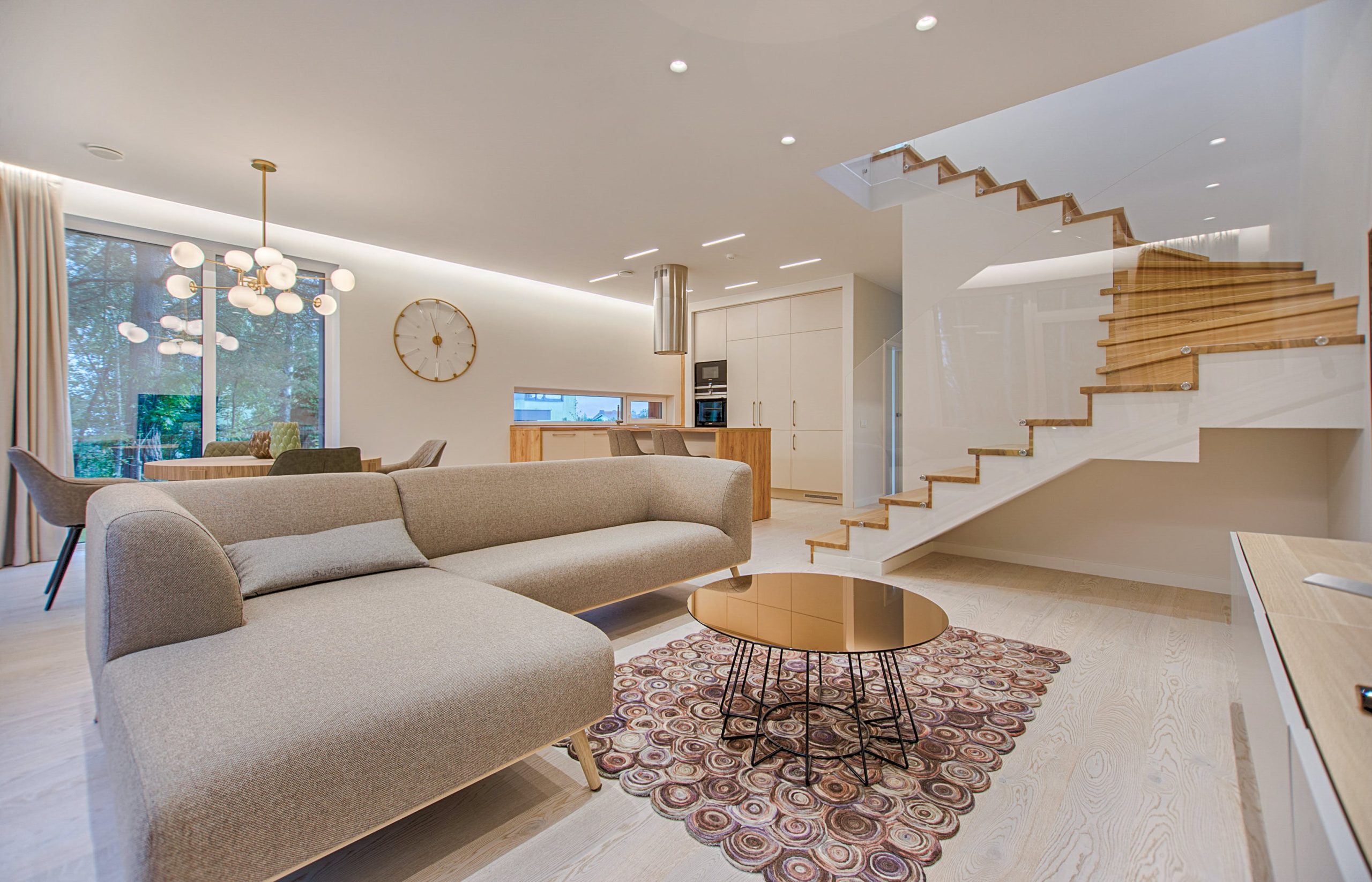Interior designers often use art to add character and personality to a space. They use different types of artwork to create a mood or style that reflects the client’s taste and vision.
There are seven primary elements and principles that every interior designer should know. Let’s look at them: color, form, value, contrast, movement, and texture.
Keep it Simple
Interior design combines different elements to create a unique and functional space within a building. It’s important to distinguish this from decoration, which is decorating or furnishing a space with decorative elements. Interior designers often use art to add personality and style, making the room more personal.
Art can be used to balance a room by offering pieces of varying sizes, shapes, weights, and color schemes. For example, a large painting hung over a bed can help anchor the room’s axis line. An image can also be used to break up the repetition of similar materials in a room, such as fabric, rugs, and furniture.
Some art can reflect light and bounce it around the room, enhancing the appearance of other decor objects and finishes. This is especially useful in spaces that need more brightness, such as children’s rooms or offices.
Another element that interior designers use is texture, which combines different types of materials working together. For example, a work of art that combines drywall textures with corduroy can give the space a sense of depth and dimension.
Don’t Overdo It
The interior layout complements and decorates living areas to make them extra appealing and useful. It combines numerous elements, including fixtures, coloration palettes, fabrics, textures, and more. It also can consist of architectural features along with floor plans, lighting fixtures, and so forth.
The artwork of interior layout is a complex method that requires tremendous know-how and information. Professionals specializing in this field frequently whole a proper education program that consists of design ideas, drawing and drafting, space planning, and computer-aided drafting lessons. They may want to familiarize themselves with country-wide and local building codes, inspection policies, and accessibility standards.
It’s crucial to recall that while a fantastically designed area can certainly be finished with minimum attempt, it should continually be executed in a manner that feels authentic to the individual who lives there. Creating a unique home that displays your persona can be the most worthwhile part of the complete design system.
If you’re ready to start your home design journey, check out online products using Home Depot coupons. It’s a great place to start when it comes to transforming your living space into something beautiful and inspiring! Or, learn more about interior design basics by taking our intensive online course, free to ask questions, seek mentorships, and more!

Don’t Be Afraid to Mix It Up
When selecting art for a space, it’s essential not to be afraid to mix things up. Incorporating different textures and colors into the room can help create a more exciting design. For example, a modern design might benefit from adding raw materials like steel or oak. At the same time, a more traditional design could be enhanced with a bronze sculpture.
Aside from highlighting a client’s interests and preferences, artwork also helps to balance a room. A large painting hung above a bed can reinforce an axis line, encouraging movement from the entrance to the bed and creating symmetry. Similarly, using a sculpture to emphasize a weight, scale, or color scheme can also balance a room.
Using art to communicate a homeowner’s personality and priorities is also an effective way to introduce a guest to their home. For instance, a collection of dynamic, colorful pieces might demonstrate a vibrant personality, while an exhibition that showcases emerging artists may communicate a passion for promoting less-known work.
Interior designers use their creative skills to ensure a building’s internal environment is comfortable and appealing to its occupants while meeting various goals, including architectural integrity, environmental sustainability, and occupancy loads. With this in mind, they apply their knowledge of construction documents, ADA regulations, and sustainable design principles to achieve a built interior environment that is functional, safe, and enriching to contemplate.
Don’t Go Overboard Interior Design
The interior layout is developing a purposeful and aesthetically pleasing residing area. It calls for a strong creative eye, an understanding of balance and concord, and the potential to paint with numerous substances. It is likewise a complex area, which makes it tough for homeowners and DIYers to recognize or grasp. However, by following these seven interior design tips, anyone can create a beautiful and unique living space.
One of interior design’s most important aspects is the emphasis principle. This calls for choosing a focal point and arranging the other elements around it. For example, a round dining table can be used as the center of attention, with chairs around it. This is a great way to draw the viewer’s eye and create a sense of unity in a room.
The use of art in interior design is a powerful tool that can communicate the homeowner’s personality and priorities. For example, a home filled with figurative works might share a vibrant and energetic lifestyle. Alternatively, a home filled with abstract artwork might convey a more contemplative and philosophical disposition. Whatever the case, a thoughtful collection of art will make any living space more beautiful and enjoyable.

